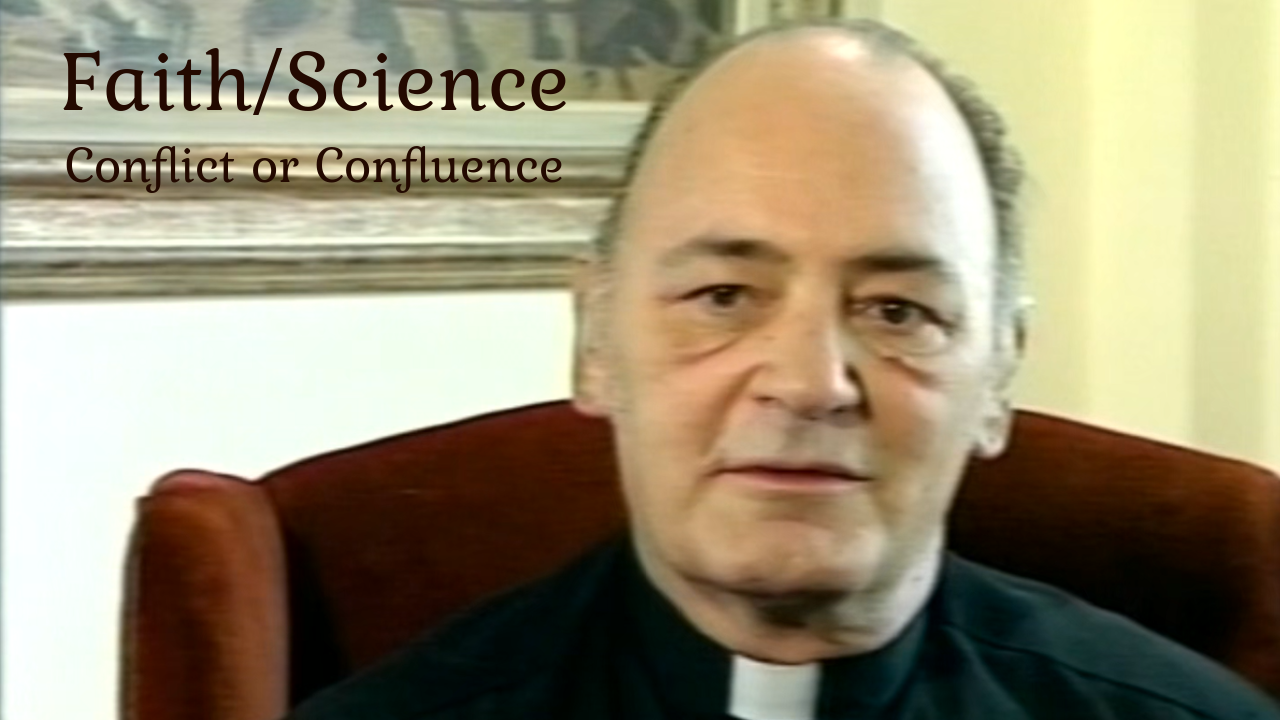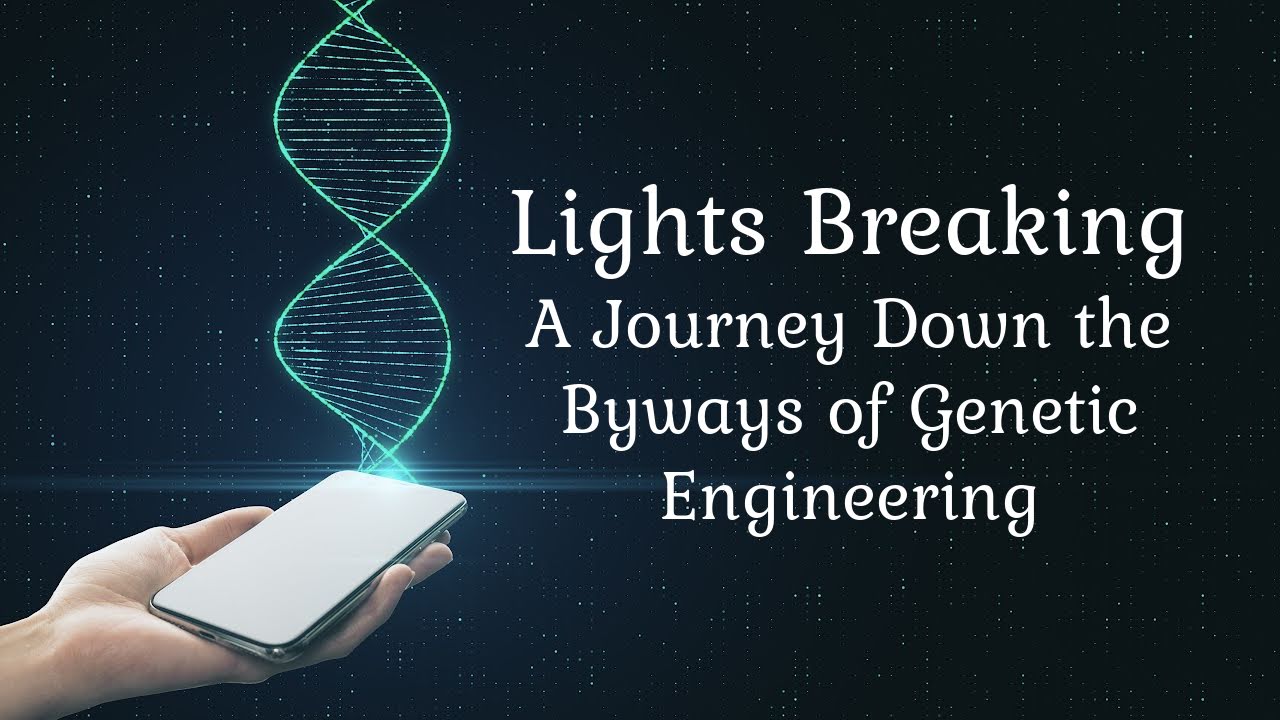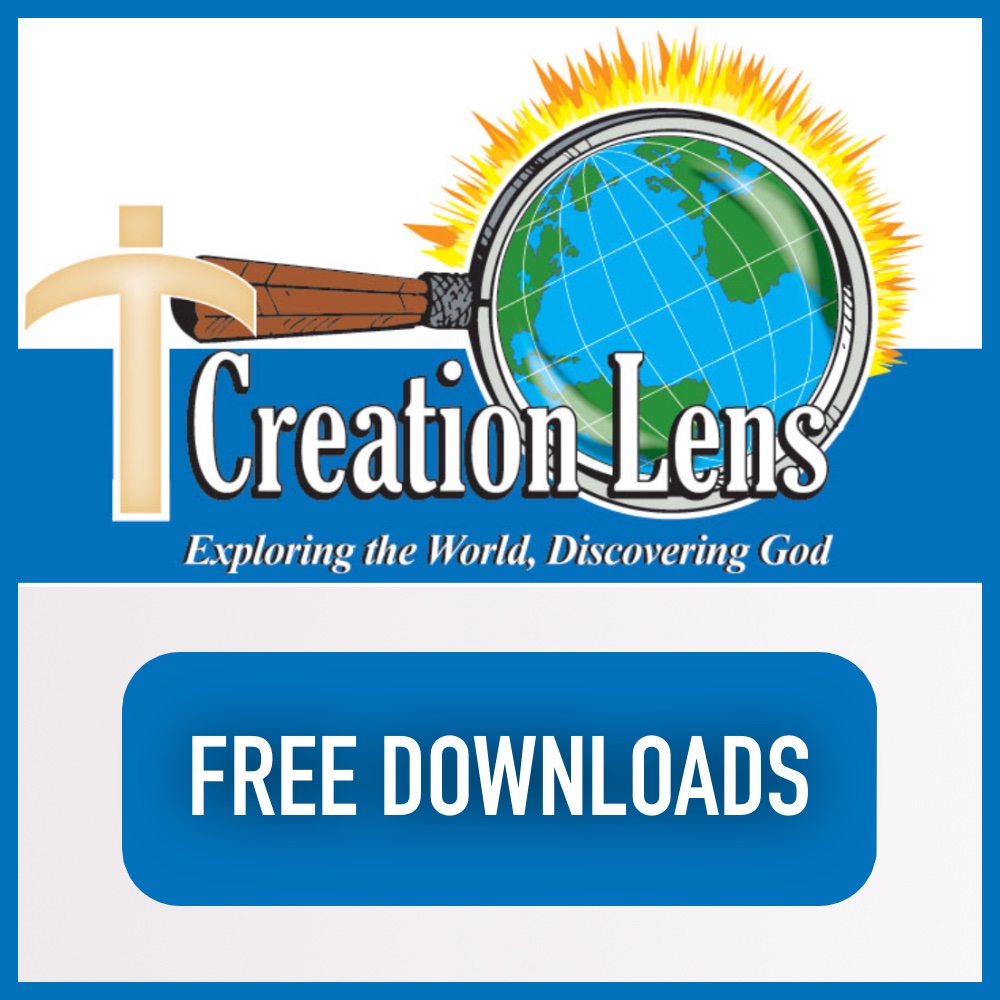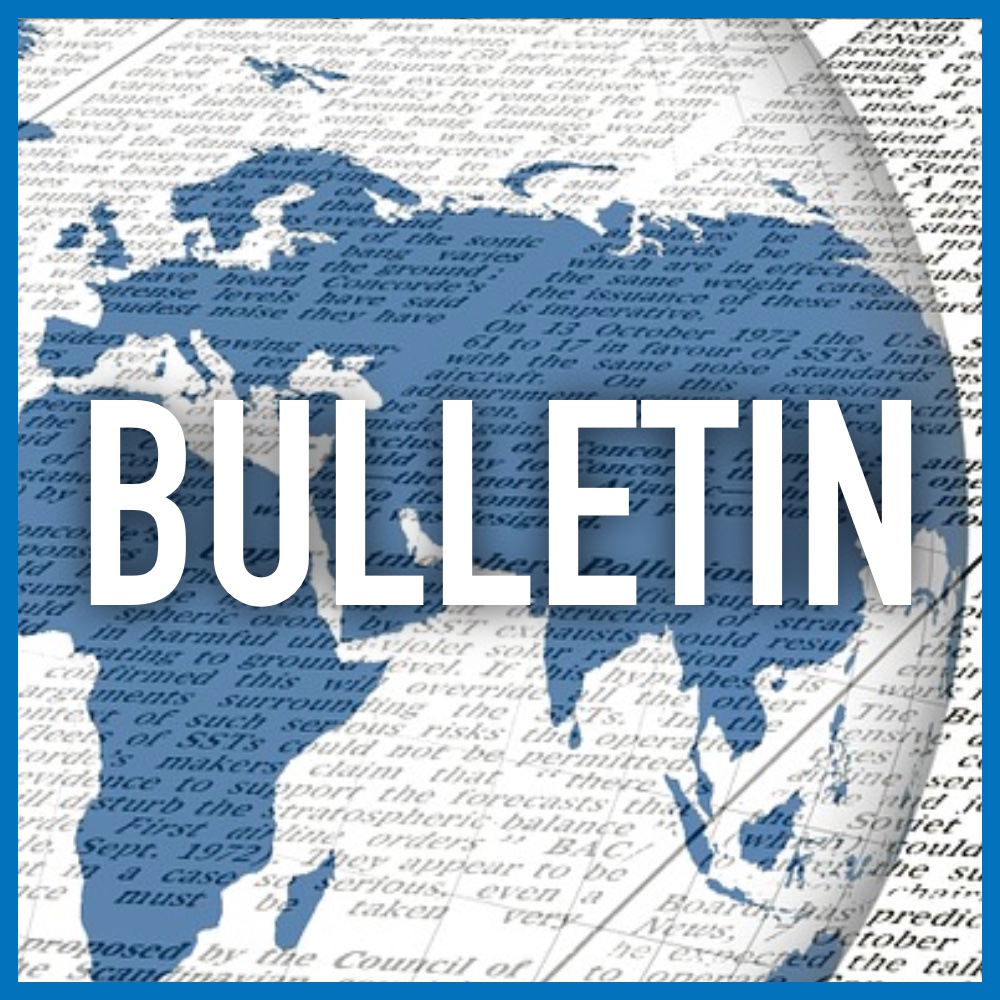Videos:
Augustine Meets Webb (20 minutes)
An Inquiry into what St. Augustine might have thought upon viewing images from the James Webb Space Telescope.
Presented by Thomas P. Sheahen in April 2024.
Tom Sheahen has made a new presentation that looks at the images from the new James Webb Space Telescope (JWST). He imagines what St. Augustine might think upon viewing them. JWST sees in the infrared, as contrasted to the Hubble Space Telescope (HST) which sees in the visible. Consequently, JWST can see objects cooler than normal stars, including stars being born from dust and gas clouds, which are not yet hot enough to radiate visible light. JWST can see farther out in space and farther back in time than any other telescope.
St. Augustine, writing circa 400 AD, reasoned that God created space and time together, and that was “the beginning.” His exceptional philosophical insight predated modern science by 1500 years! It was lost until Einstein’s Theory of Relativity in the 20th century. Augustine would have seen his teaching vindicated by modern astronomy.
From Augustine’s starting point, Sheahen’s book Everywhen: God, Symmetry and Time explains how human limitations have elevated time to a position above God; and how recognizing God’s Omnipresence can enable us to overcome that error

Faith/Science: Conflict or Confluence (37 minutes)
An interview with Fr. Robert A. Brungs, SJ. Founder and Director of the Institute for Theological Encounter with Science and Technology (ITEST) 1968 – 2006. The interview was originally recorded in 1990.

Decision (28 minutes, with a study guide)
What is the church’s mission to our scientifically-based culture? New breakthroughs in the fields of biological sciences, electronic, and nuclear power are changing our lives faster than we realize. This video challenges audiences to think about the urgent and sweeping moral and theological implications of this scientific revolution. It asks: “Which is worse, to rely too much on science and technology, or to dismiss it entirely, ignoring its human implications?” Then, “….but where are the Christian explorers in science? Is this the only area in the world to which we will send no apostles?” Its message is ideal for a variety of religious environments – church schools and religious education classes, parish groups, youth or adult retreats, and campus ministry programs.

Lights Breaking: A Journey Down the Byways of Genetic Engineering
(59 minutes, with a study guide)
Awards
Best Science and Technology Film, San Francisco International Film Festival, 1986.
Best Genetics Film, John Muir Medical Film Festival, 1986.
International Film and TV Festival of New York, Silver Medal, 1985.
We have entered a new age of the Earth…where manipulation of life forms at their most basic level will be possible. The new technology of genetic engineering has placed within human grasp the ability to remold life, to tailor plants, animals, and even humans to suit our own purposes. In Utah’s spectacular Dinosaur National Park a rafting party of three world-class scientists, a poet, a theologian, and an ordinary citizen discuss the ethical and practical concerns raised by these recent technological breakthroughs.
[et_bloom_inline optin_id=optin_1]
Cardinal Rigali Center
20 Archbishop May Drive, Suite WG-403
St. Louis, MO 63119
© Copyright ITEST Institute







